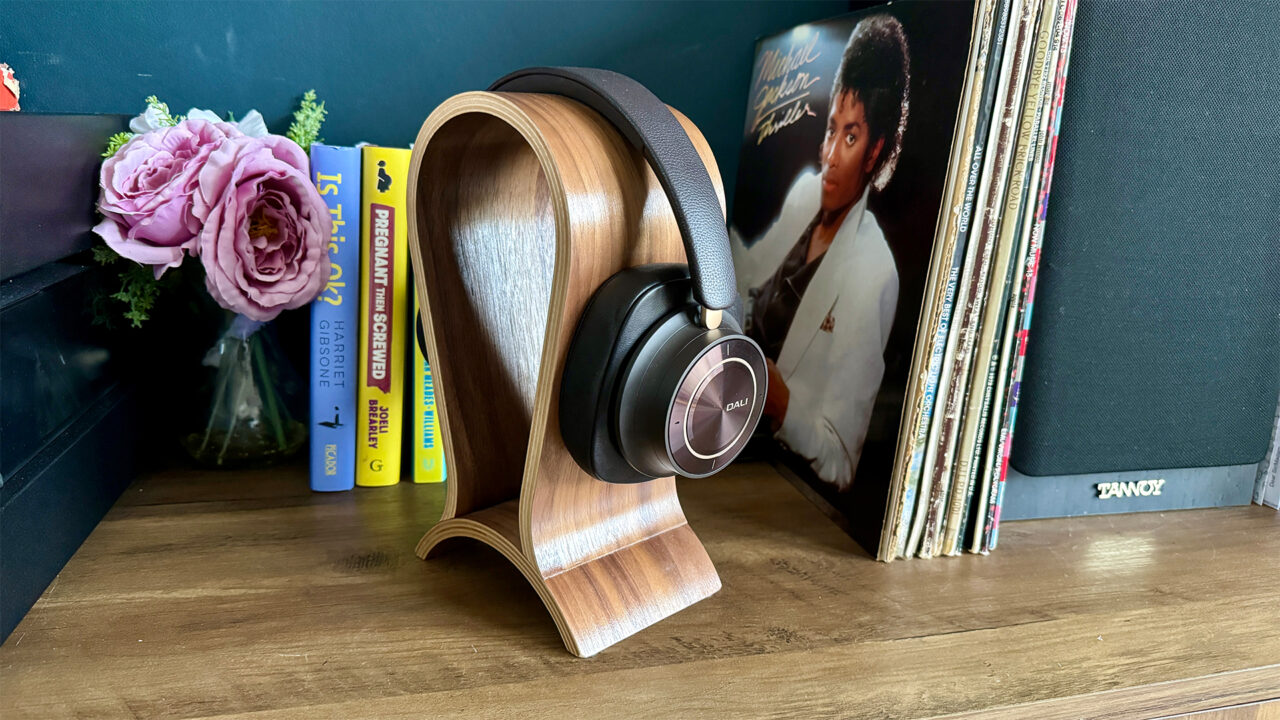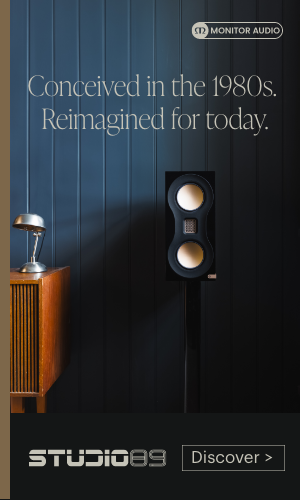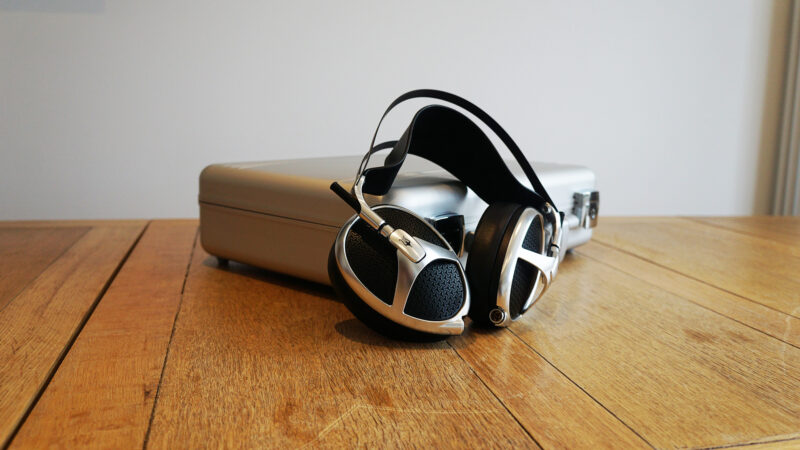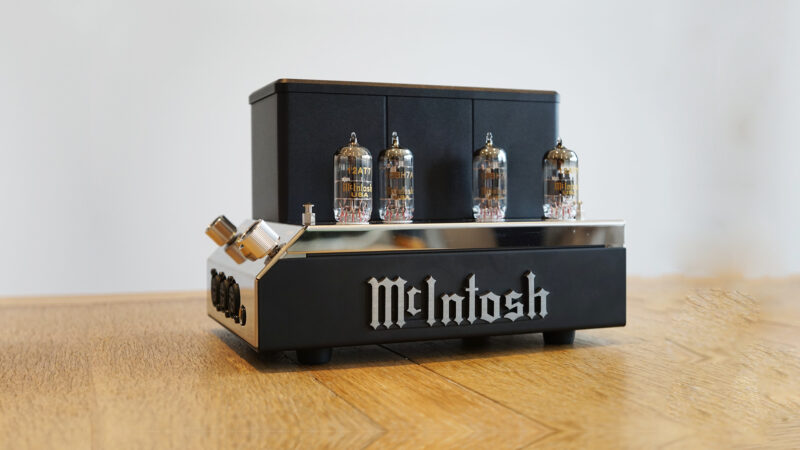One pair of headphones to rule them all. That’s the vision that Dali has for the IO-12 – a pair of ultra-premium wireless, noise-cancelling headphones, that are also designed to work brilliantly with your hifi at home. No matter how you’re listening to music, Dali wants the IO-12 to be the headphones that you reach for.
Whether you see that as a convenient coming together of two worlds that don’t usually pay too much attention to one another, or a clash of focus, it will likely depend on how you feel about wireless music. For an music lover wanting to take a bit of their hifi on the go, the IO-12 offer that flexibility and consistency – something you’ll definitely be looking to take advantage of if you’re considering these headphones.
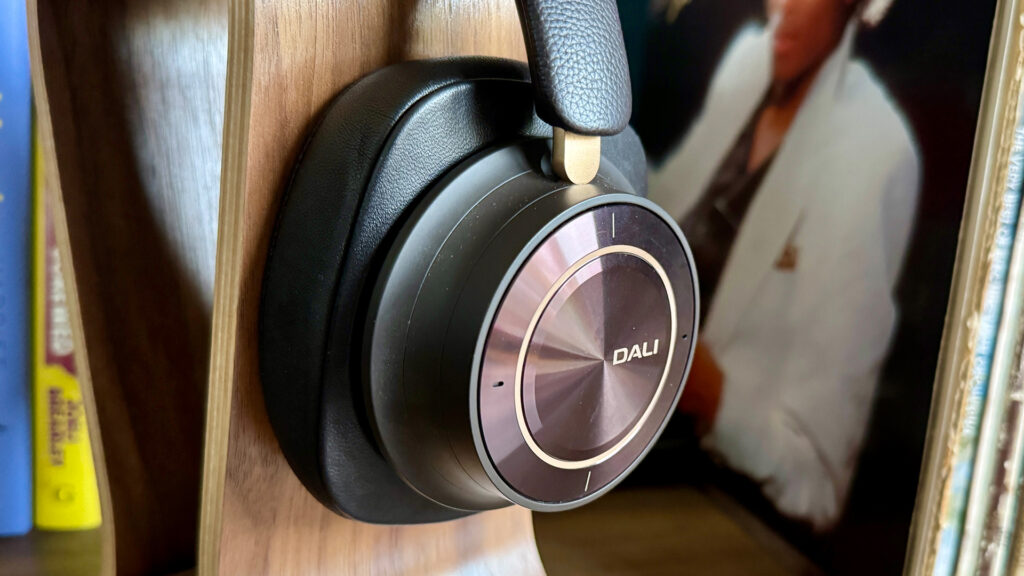
At £999, they are one of the most, if not the most, expensive pair of wireless headphones that I’ve ever had on my head. But they aren’t alone. Wireless headphones have been pushing more and more towards the £1,000 mark in recent years, with great competition from the likes of the Focal Bathys, the Mark Levinson No.5909 and the B&W Px8. The T+A Solitaire T do, I think, take the prize for the priciest wireless headphones you can buy, but I’ve so far yet to get my hands on those.
However, it shows the market is absolutely there for headphones that straddle the two worlds, and that for the modern quality music fan, Bluetooth audio is no longer something to avoid. Convenience isn’t something to be scared of – assuming it’s done right, of course.
Easily influenced
The IO-12 sit at the top of Dali’s headphones line up, above the now discontinued (according to Dali’s website, but still very much available online) IO-4 and IO-6 cans released in 2019. Those headphones were aimed at the the more standard £200-300 ANC headphones territory, and had nothing like the level engineering that’s packed into the IO-12. That includes several features borrowed from the brand’s high-end speaker ranges and adapted into headphones for the first time, creating a performance that Dali has dubbed as like having “Hi-Fi speakers for your head”.

Key to these is the brand’s patented Soft Magnetic Compound (SMC) magnet system, which you’ll even find in the brand’s flagship Kore ranges. This technology helps to prevent resistance with the voice coil and any associated distortion, and when teamed with the 50mm rigid paper fibre cone that’s found in each earcup, Dali says the IO-12 are capable of delivering “electrostatic levels” of midrange clarity.
Away from the headphones’ drivers, Dali has kept the rest of the tech on the IO-12 relatively low key. Of course, there is Bluetooth 5.2, with support for AAC, aptX HD and aptX Adaptive codecs, plus there’s active noise cancellation too, but in quite a departure for headphones of this ilk, there’s no control app.
That means any and all tweakery has to be done from the headphones directly, and you’ll need to perform any firmware updates manually by hooking them up to your computer.
If you’ve used more consumer-grade headphones in this category, you might also notice the absence of things like a wear sensor, for automatically pausing your music when you remove the headphones, or fast pairing with either Android or iOS devices.

You will get Bluetooth Multipoint though, so you can have the IO-12 paired with two devices at the same time, and there’s also an auto-off function, which will shut them down after they’ve been idle for 20 minutes to save the battery.
Speaking of battery, the IO-12 offer a perfectly respectable 35 hours of wireless playback with ANC switched on, and will take a couple of hours to charge up from flat. There’s no fast charging mode here to get you a boost if you’ve left yourself short, so do pay attention to the battery percentage – there’s an LED that will light up green, orange or red to give you an idea, and a handy voice prompt will also tell you a percentage every time you switch them on.
Smart, snazzy, subjective
And so to their design, and the IO-12 come in a single finish – a chocolate brown colour that might divide opinion, but does at least help them stand out in a sea of black and chrome. I think they look quite smart, for what it’s worth, and they are supremely well built to boot.
Vegans should look away now, because the headband, earcups and earpads are all covered in a very soft, very real leather. The earcup caps are made from hard plastic, with a circular bronze metallic design that sits on top, creating a snazzy focal point.

On the right ear, this doubles up as a control pad for music playback and volume, but Dali has sensibly chosen to swerve the occasionally infuriating experience of touch controls, in exchange for physical clicks instead. In the centre is where you’ll press to play/pause or skip tracks, with the upper and lower sections of the outer ring adjusting volume. A long hold in the middle will also wake your device’s built-in voice assistant. This all works just as it should, and Dali has also managed to make the feedback clicky enough to the touch, without it sounding clicky in the headphones themselves.
The rest of the controls are also around the edge of the right earcup cap, with an ANC button, power/pairing, and an EQ button for switching between ‘Hi-Fi’ and ‘Bass’ modes. The USB-C port for charging or audio playback to 24-bit/96kHz is also on this side, with the 3.5mm input on the left (up to 24-bit/48kHz) earcup.
These headphones can be used entirely passively when using the latter, if you’re caught with no charger, but I’d recommend listening with them switched on – however you listen – to take advantage of the onboard DSP, to get the very best sound.
They’ve got to be some of the most comfortable over-ear, closed back headphones I’ve ever worn. The earpads are plenty squishy and the clamping force is light without making them feel unstable on your head. There are no noticeable pressure points, even after hours of wear, with plenty of room in the earcups for larger ears and a pivot on the earcups to help them get a perfect seal against your head. There’s even a bit more cushioning at the bottom of the earpad to help this further – Dali has really tried to think of everything.

Those earpads are also removeable for cleaning or replacing, which is something I always like to see – particularly when headphones tip the scales to this sort of price point.
In the box, you get most of the cables you might need aside from a USB-C to USB-C cable for phones, but you do get a USB-A to USB-C cable, two 3.5mm cables (1.2m and 3m), a 6.35mm adapter and an airplane adapter.
The IO-12 don’t collapse – the earcups only swivel flat – so the included carry case is pretty sizeable, but it’s very sturdy and will do its intended job of keeping your headphones protected on the go.
Performance
Slip the IO-12 on and plug them into the FiiO M11S via USB-C, and the Dalis don’t waste a second in showing you what they’re made of.
Listening to the 1999 live recording of You Got Me by The Roots, featuring Jill Scott, the IO-12 cling onto every drop of energy and dynamism that emanates from both the performers and the crowd. It’s a seriously immersive listen with an open and airy soundstage that leaves you feeling like you have a front row seat.
There’s stacks of space to play with here, as far as closed back headphones go at least, and the instrument separation is outstanding as a result. There’s headroom too, so the IO-12 never sound congested, even when the tempo steps up a gear around the five minute mark, with every instrument and performer seemingly fighting for attention. The IO-12 rise to the challenge and keep everything in line without missing a beat.

Switch to Norah Jones’ Come Away With Me, and the IO-12 show just how much detail they’re capable of digging up. There’s real depth to Jones’ breathy, delicate vocals, and texture and dimension to the piano and guitar accompaniment too. You really hear the fullness of each note, from the leading edge to the reverb. If you like acoustic music, it will shine on these headphones.
At either side of that stunning midrange clarity, you get a similarly clean performance from the bass and treble. The low end is pretty neutral with Hi-Fi Mode engaged – but there’s still plenty of body there to give bass notes good presence and authority. I listen to a lot of hip hop and find the bass response suits me just fine – the bouncing bassline to ScHoolboy Q’s No Collard Greens packs plenty of punch, for example – but if you find yourself wanting more, the IO-12 do have an ace up their sleeve.
That is Bass Mode – something that usually creates a boomy mess on cheaper headphones, but on the IO-12, has been handled really well. Unsurprisingly, it gives the bass notes a bit of a boost, but without setting them apart from the overall presentation, or pushing the extra warmth and weight into the mids. Listen to Kendrick Lamar’s Backseat Freestyle and the pulsing low bassline has clearly more thump with Bass Mode engaged. It’s not something I find myself reaching for often, but it does add a touch of extra drive and energy to the performance with some songs.
Bass Mode does knock a bit off the treble in exchange though, which some recordings may actually benefit from, depending on your tastes. These headphones are never hard or harsh, but the treble extends about as far as it can before it gets there. If you listen to a very bright recording, something like Incubus’ cymbal-tastic Anna Molly, or anything with a lot of sibilance in the vocals, you’ll find the bite taken out of the very top end when you engage Bass Mode.

Overall though, the IO-12 serve up a very cohesive, polished performance across the frequency range, with a level of detail retrieval and dynamic handling that clearly sets them apart from the premium wireless headphones from the likes of Bose and Sony (admittedly at more than half the price). Simply put, they’re just more hifi.
If you need or prefer to listen wireless, you will lose a level of detail. Their character remains largely the same, but there’s a little more warmth in the low end and clearly not the same level of resolution. Using the very best Bluetooth codec you can is the best way at minimising any negative effects here.
A quick note on the noise cancelling, and it simply can’t compare to the near eery silence that the likes of Bose’s QuietComfort range can offer – but I don’t think it’s intending to, or even trying to. There are only four mics on board here, for measuring noise levels, compared to 10 in Bose’s latest flagship cans. That could also be why they’re more susceptible to wind noise than you might notice on their more consumer-focused peers.
Still, they knock out a good chunk of low-end noise, and when you add your music over the top, you’re unlikely to be bothered by traffic noise or office hubbub. But it’s arguably more of a reduction than a cancellation, making it a nice-to-have, rather than a feature to base your buying decision on. It doesn’t, at least, have any impact on the sound when activated, so you can enjoy what it does offer without taking a hit on sound quality – and that may have been Dali’s priority all along.
In summary
Simply put, the Dali IO-12 are the best-sounding wireless headphones I’ve heard, offering the convenience and flexibility for listening on the go but that also deliver a fantastic performance when you’re at home.
You will want to be making use of this flexibility though – if you listen predominantly at home, there are wired open-back headphones that will better these for out-and-out sound quality.
Equally, if you’re making the move from more consumer-grade wireless headphones, the lack of control app here may seem strange, and the ability to get over-the-air updates and even some EQ tweaking would be nice. The noise cancellation on board here can’t compare to some of the very best at that level either, and you’ll be disappointed if you expect them to.
Still if those considerations don’t phase you, the Dali IO-12 are a superb pair of headphones, serving up incredible levels of clarity and detail, that blow their wireless competition out of the water. This is what wireless headphones look like, all grown up, delivering a polished and refined performance that also nails premium build quality and comfort. If the high-end wireless market appeals, these should be pretty high up in your considerations.


